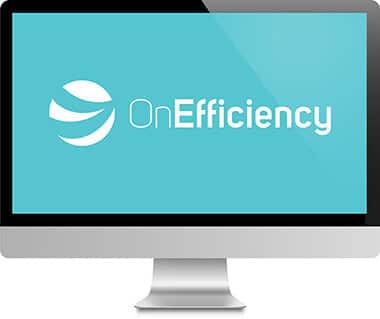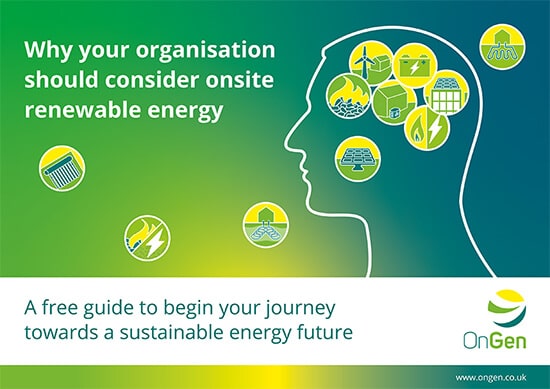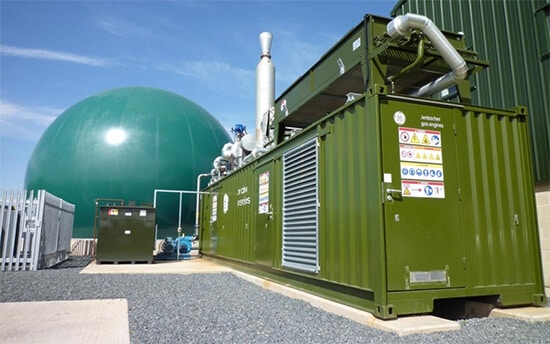Combined Heat and Power (CHP) Systems

What are CHP Systems?
By using the heat created, which is normally a by-product that would be lost, CHP systems typically achieve efficiencies greater than 80%. It therefore makes sense to consider CHP units when there is a need for both power and heat at a site. The CHP technology can be deployed quickly, cost-effectively, and with few geographic limitations.
The term CHP covers a suite of technologies that can use a variety of fuels, e.g. biomass or gas, to generate electricity or power at the point of use.
How do CHP Systems work?
The CHP system will produce more heat than electricity. As a rule of thumb and to be economically viable, there should be stable baseload demand for heat in excess of 5,500 hours per year. A CHP unit will also operate most efficiently with minimum wear when at full constant load. This means that correctly sizing the CHP units is very important. As such, a CHP system that is too small will not deliver the full cost savings and if the CHP is too large it will struggle to meet its minimum load threshold to operate efficiently.
The three-step process to net zero energy
OnGen offers a three-step process through OnGen Expert, OnEfficiency & OnSupply. Steps can be done holistically or separately.

Step 1:
Reduce energy consumption:
By becoming more energy efficient, carbon emissions for your organisation will begin to reduce, along with the cost of energy.

Step 2:
Consider onsite renewable energy and battery storage:
Switching to generating renewable energy onsite reduces the demand for grid-supplied energy, lowering the cost of energy bills, gaining resilience to grid fluctuations and reducing carbon emissions.

Step 3:
Switch to zero-carbon energy suppliers:
Eliminate the remaining energy-related carbon emissions for your organisation.
Your organisation will be assigned a dedicated account manager, who will offer training support and guidance. Additionally, if your organisation is struggling for time, the Managed Service, where assessments are conducted by the OnGen team on your behalf, can be a great option.

Talk to one of our team


Download our free Renewable Energy Guide
Case Study
NEYH
Book a conversation with OnGen today









